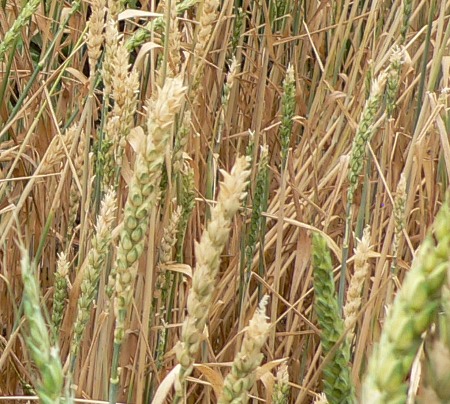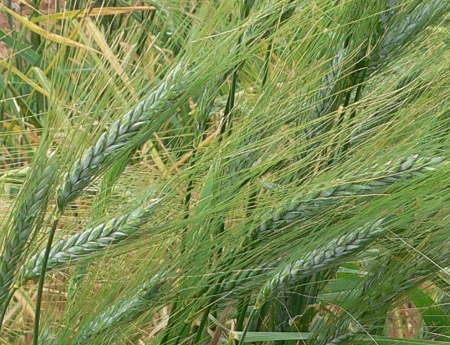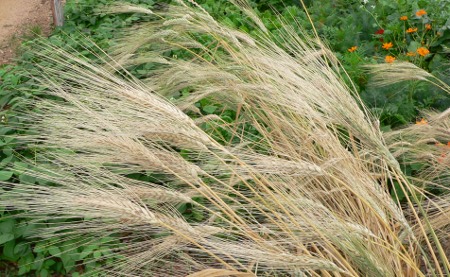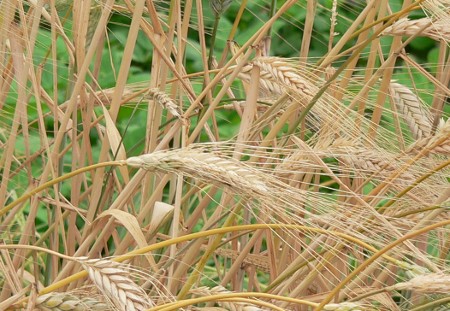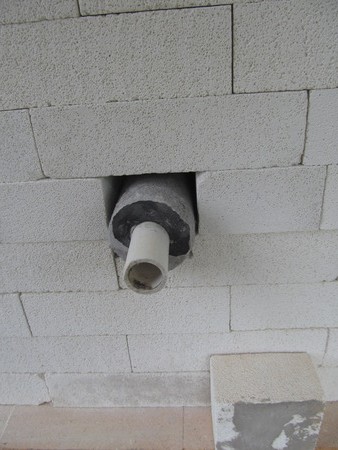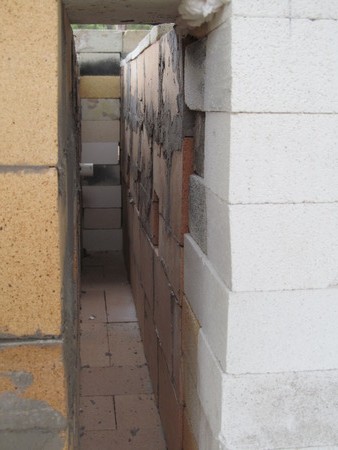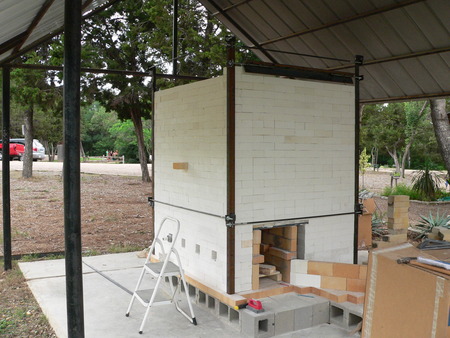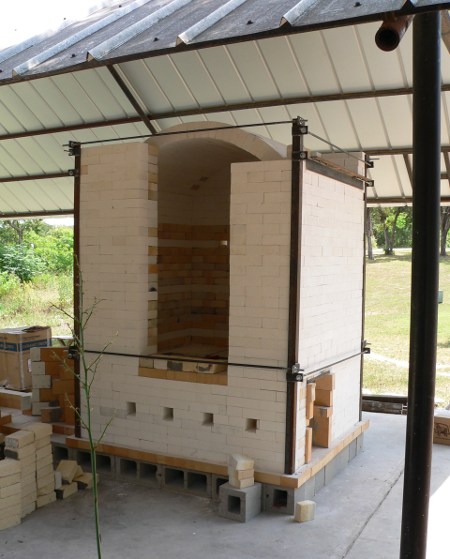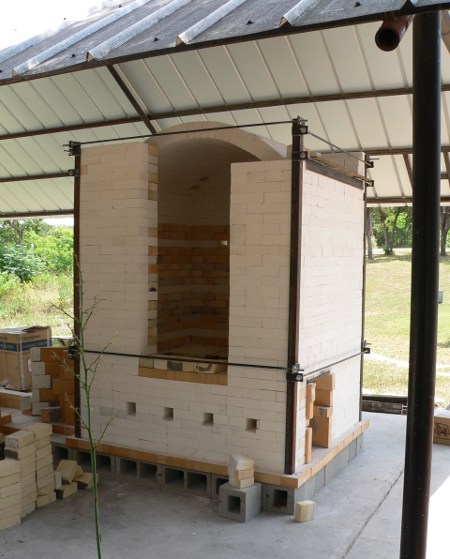
Introduction
Growing and preserving your own food is one of the most important aspects of sustainability. Traditionally, food preservation was a way of life, and families passed down their skills to successive generations. When looking to preserve their harvest, today’s gardeners are confronted with a gap in cultural knowledge. Many did not grow up preserving their harvest or even growing a garden to harvest. Our grandparents may have preserved their own food, but with the arrival of the Industrial Age and the mass production and mass transport of readily available food, many people no longer considered food preservation a necessity, so the knowledge was not passed on. As a result, many people are unfamiliar with the different ways to preserve food. Using salt, sugar, oil, vinegar and alcohol are all interesting methods our ancestors may have used to keep their harvests. In this article we will briefly discuss five of the most common ways you can preserve food. We will first look at three methods that predominated for millennia before the Industrial Age, and then we will discuss two more recent approaches.
Natural Storage
Natural storage simply means to preserve fruits and vegetables in their natural state. It is an excellent way to store an abundant harvest. Some foods lend themselves to natural storage more than others. Nuts, beans, peas and grains store well in their natural state if you keep them in sealed containers to avoid bug contamination. To keep our onions and garlic, we braid their leaves and hang them from the porch eaves, where they will keep for months. You can store potatoes, winter squash, pumpkins and sweet potatoes in a cool place for up to six months. In northern climates, if you have a root cellar you can store apples, cabbages, carrots, turnips and similar produce there through the winter. Although root cellars are not as useful in the south for these winter crops, we store our sweet potatoes in a root cellar, and they keep from fall harvest until summer. Beets and carrots are crops you can bury in buckets of sand and keep cool in order to continue eating them fresh through the summer.
Dehydration
Dehydration has been used for centuries. It works by removing excess moisture and making the food’s water level insufficient for bacterial growth. Drying foods involves little cost, preserves more vitamins and nutrients than other methods and requires very little storage space because dried foods are so compact. Fruits are preserved well by dehydration, and there are many vegetables you can dry effectively. A hot, dry climate lends itself to solar dehydrating. In humid climates there are many kinds of dehydrators you can purchase for home use. Here in central Texas we have had success sun-drying fruit such as peaches, apricots and tomatoes.
Lacto-fermentation
Lacto-fermentation is probably, for most people, the least familiar way to preserve food. It preserves food by converting the natural sugars to lactic acid, thereby creating an acidic environment in which food-spoiling bacteria cannot survive. Usually salt is added as part of the process. Lacto-fermentation works best for vegetables and can even boost their nutritional value because it breaks down food in a way that makes the nutrients more available. For example, sauerkraut has 25% more vitamin C than the raw cabbage from which it was made. The food is simply sliced or shredded, salted and packed into containers, then allowed to sit at room temperature for three to six weeks or until the fermentation process is complete. Homemade sauerkraut is very simple to make and tastes far better than store-bought, canned sauerkraut!

Canning
In the early 1900’s Nicholas Appert discovered how to preserve food by heating it to 212 degrees (F) or higher to kill microorganisms that could cause spoilage. This gave birth to the canning industry as we know it today. As canning became increasingly popular, the more traditional methods began to slip into the background, and some have been nearly forgotten.
You can use boiling water bath or steam canning to preserve high acid foods such as fruits, jams, jellies and pickles. The food is packed into jars, covered with lids, then placed in the canner, brought to 212 degrees (F) and held at that temperature for a certain time, effectively killing all molds and any food-spoiling bacteria that can survive in a high acid environment. A canning reference book, like the Ball Blue Book, will list the correct canning time for each food.
Low acid foods such as meat, beans and vegetables, necessitate the use of a pressure canner. Pressurized heating allows the temperature to reach 240 degrees (F) inside the canner, which safely kills all food-spoiling bacteria that could thrive in low acid foods, including botulism. Although pressure canning is safe for low acid foods, the higher temperature kills beneficial enzymes and nutrients, likely sacrificing the food’s fresh flavor and some of its nutritional value. Despite this drawback, canning is a very dependable way to store food in our unpredictable Texas climate.
Freezing
In more recent years canning has given way to freezing. Freezing is convenient. It doesn’t kill microorganisms, but the low temperature hinders their growth. It preserves more nutrients than pressure canning. Most vegetables must be blanched before freezing, but fruits require very little preparation. Freezing is not truly sustainable in most climates because it depends upon a source of non-renewable energy, but if you are just beginning to build your food preservation skills, it is a good place to start.
Conclusion
In conclusion, we have briefly touched upon natural storage, dehydration, fermentation, canning and freezing, but we have by no means exhausted all the ways you can preserve food. Aside from natural storage, each preservation method that we have discussed changes the food’s natural state by either removing moisture, heating, freezing or acidifying it. As you experiment with different approaches, you will find the one you and your family prefer for each crop. When you are first beginning to put up your excess harvest, one of the best ways to learn is to work with someone who has experience preserving food; or, take a class. As you gain experience, many books are available which give guidelines on food preparation, canning times and temperatures, blanching and dehydrating times and salt and acid amounts. Growing food and preserving the excess are big steps toward sustainability.
This article is an excerpt from Spring 2012 issue of the SustainLife Journal.
